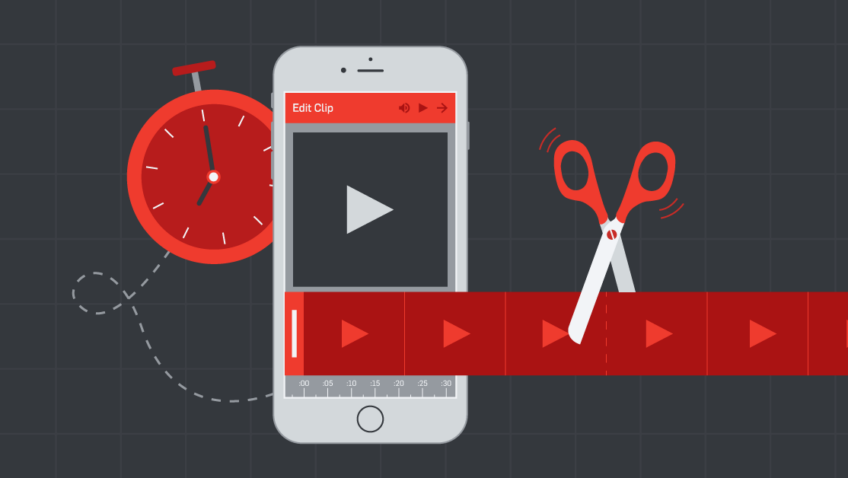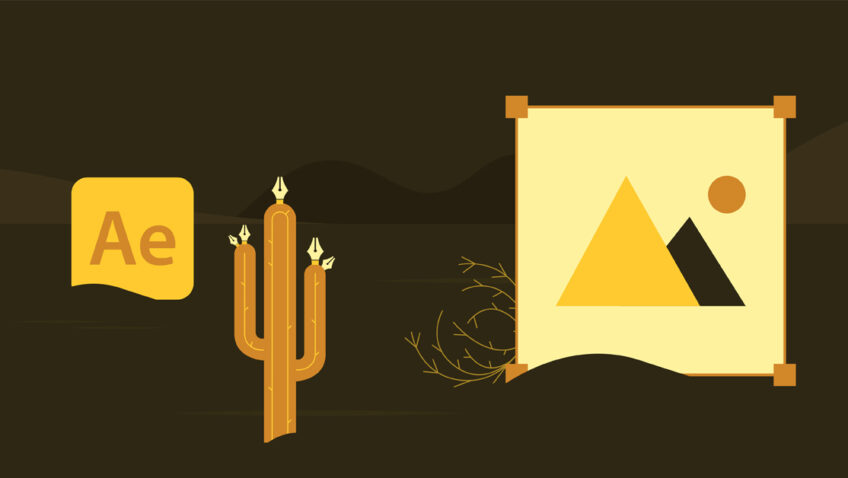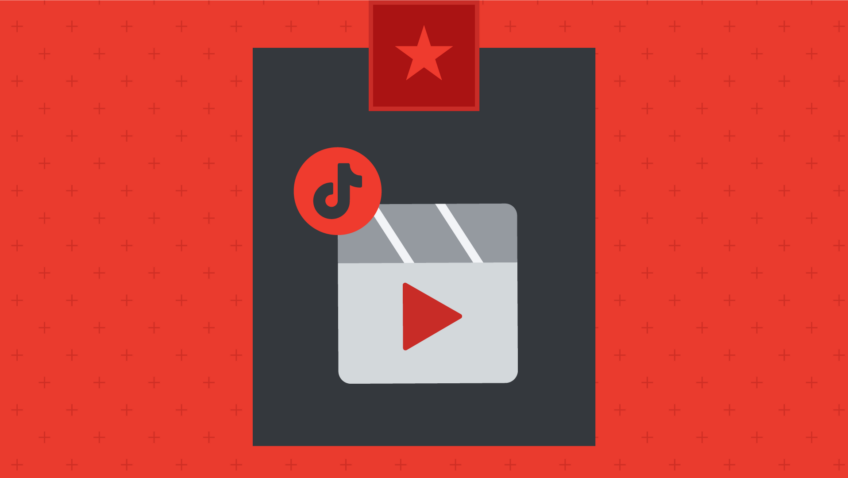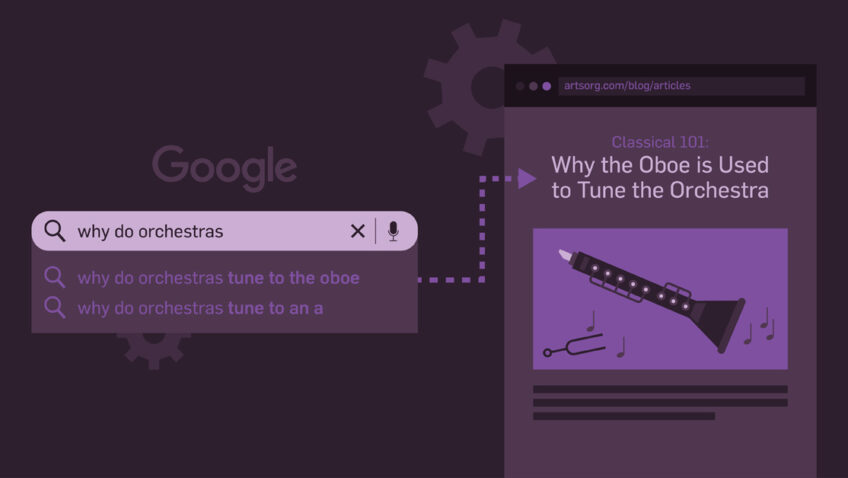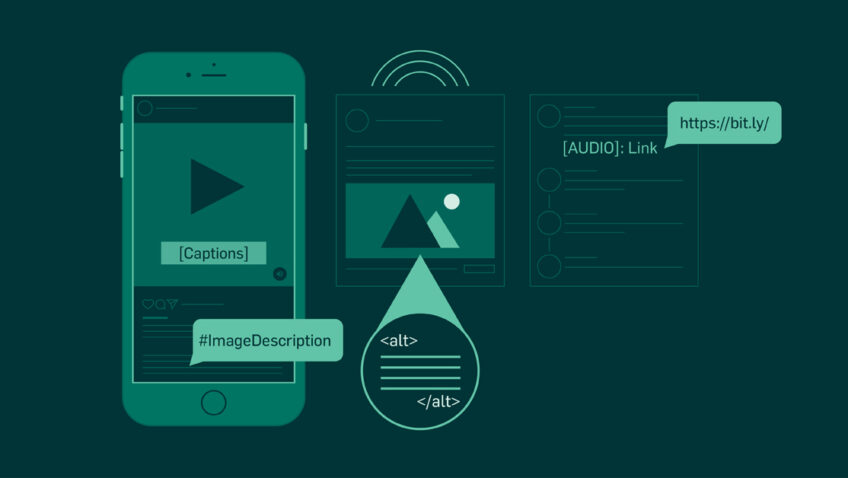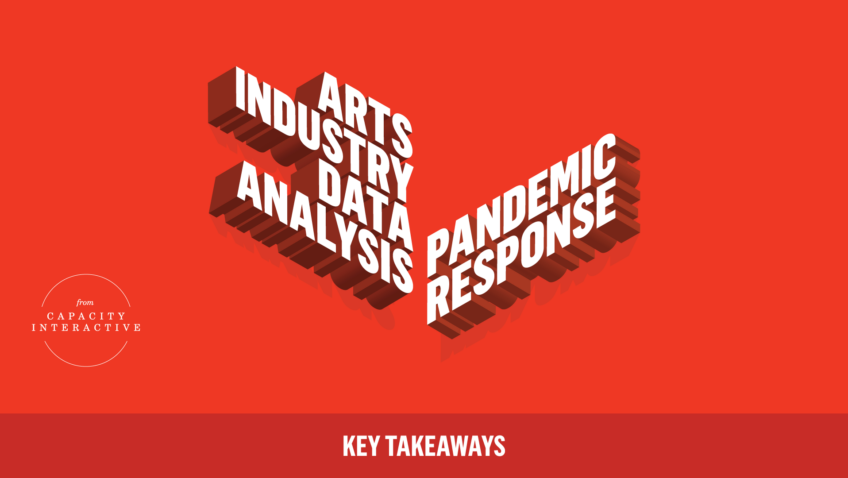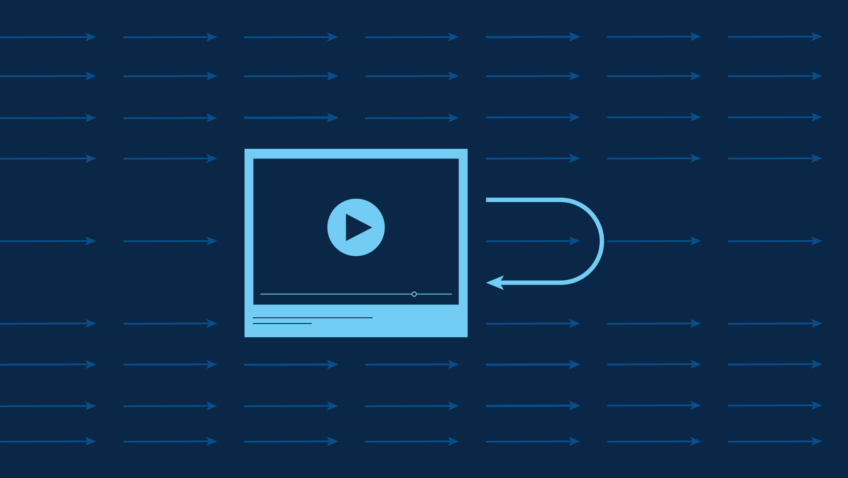Enlisting Artists and Non-Marketing Staff to Create Content
Ask the Industry
Ask the Industry features arts marketing practitioners from organizations across genres and budget sizes. This is advice from arts marketers in their own words – we hope you can learn from them and it will spark new ideas at your organization.
This month, we’re asking, “How do you enlist artists and non-marketing staff to create content?” Rayna Adams (Bristol Riverside Theatre), Amanda Fowler (Charlotte Ballet), and Michael Perez (Children’s Theatre Company) answer everything from engaging social media influencers to creating guidelines to ensure your organizational tone remains intact.
Do you enlist actors, dancers, artists and non-marketing staff to create social content, or ‘borrow’ from what they create for themselves?
Amanda Fowler (Charlotte Ballet): We believe the artists are at the core of Charlotte Ballet’s persona and that sharing content directly from them strengthens our brand by allowing us to be more accessible and relatable. When patrons can feel as though they know our artists personally, it strengthens their engagement with the organization.
Most often, we share content that artists are already creating on their channels. We also engage artists to create content on our behalf for specific projects, takeovers on our channels and takeovers on outside channels. For example, we’ve collaborated with a dancer and a wardrobe artist to display a day in their lives on a popular local takeover channel. We’ve also introduced new choreographers through Instagram story takeovers. You’ll even see dancer-created imagery become its own blog or be featured in our emails. We’ve had a “day in the life” social media takeover for a dancer become a blog and eventually a feature in the lobby of one of our performances.
When patrons can feel as though they know our artists personally, it strengthens their engagement with the organization.
— Amanda Fowler
Rayna Adams (Bristol Riverside Theatre): We encourage everyone at Bristol Riverside Theatre to create social content. We have actors and designers “takeover” our Instagram account for a day. The marketing team will review the content and share the best posts on Facebook and Twitter. We pick the posts our patrons will find most interesting. For example, we’ll share a 30-second video of actors behind-the-scenes over a photo of what the actor had for dinner.
We also borrow content from non-marketing staff members. The marketing team follows all staff members on social media. If we see something interesting, like a time-lapsed video of the set build, we’ll share it on all social media platforms. We make sure to credit the staff member in each post.
The marketing team follows all staff members on social media. If we see something interesting like a time-lapsed video of the set build, we’ll share it on all social media platforms.
— Rayna Adams
Michael Perez (Children’s Theatre Company): At Children’s Theater Company, we tend to borrow content from actors and artists since they are already excited to share content. We also have no qualms with them putting our content on their social media channels. If we see any content they’ve created that is super engaging, charming, or funny, we tend to get in contact with them, ask if it’s okay to share their content, and make sure to credit them.
Can you highlight an instance where this was successful?
Rayna Adams (Bristol Riverside Theatre): When we have an actor “takeover” our Instagram account, we see a lot of organic likes, shares, and comments. Most of our actors already have a ton of followers, so those followers will like our page to see the takeover. Not only are we getting great content by enlisting actors, but we’re getting more followers. This was highly successful during our production of Jesus Christ Superstar. It was a large cast (24 actors) already active on social media. Those post had the highest activity (likes, shares, comments) that year.
Amanda Fowler (Charlotte Ballet): If you look back at our top nine Instagram posts of 2017, five were images or videos created by our dancers. I understand some brands’ hesitation to put out content that may appear more casual or not professionally produced, but our audience’s response proves to us time and again that this real look at who we are and the behind-the-scenes action is exactly why they engage with us.
I anecdotally see the success of a focus on our dancers when patrons refer to them by their first name and recount information about them from our social channels. I love sitting in the audience and hearing one patron turn to another and say “Tonight’s Sugar Plum Fairy is Alex – did you know she has a kid who just turned five?!” I also see the success in the numbers when the most viewed video of all time on our Instagram account is a time-lapse shot by a dancer of her applying stage makeup. Sharing dancer-generated content also allows us to engage with the community organically. We can be involved in a conversation about a popular local marathon because a dancer competed in it and took a great photo or get excited about the start of football season because our dancers are huge fans themselves.
As marketers, we’re often stuck in meetings, and our artists are there for the action, like our Director of Artistic Operations showing what’s happening during an intermission changeover or dancers capturing funny, organic moments during a show or in the studio. When I can’t travel to cover a week’s long residency each summer at The Chautauqua Institution, my artists help keep our audience engaged by taking over Instagram stories, sending me photos or sharing videos when their bus breaks down on tour.
Michael Perez (Children’s Theatre Company): We had a production of Dr. Seuss’s The Sneetches the Musical, and there was a member of the cast who tends to be a superstar on social media. We naturally end up retweeting or utilizing photos he posted from backstage. He’s acted on our stages multiple times, and now we’re using some of his posts as examples in our social media guidelines.
How do you ensure your organizational tone and voice remain intact with outside content creators at the wheel? Do you have any guidelines?
Michael Perez (Children’s Theatre Company): We created guidelines for each production that includes the general production hashtag, places to find Children’s Theatre Company online, and an ask to make sure content creators always tag us so we can monitor content, but also enjoy what everyone is sharing. We also let them know that I will likely be in contact with actors or creatives to ask to share content they’ve created on the company’s social media outlets.
These collaborative guidelines have created a great environment for the company, crew, cast, and creatives to share great moments.
— Michael Perez
A lot of the when/where for capturing content and organizational tone is informed and enforced by our stage management staff. The social media guidelines are created in collaboration with stage management during rehearsals, and on occasion, I will present these guidelines in person to the cast. This has created a great environment for the company, crew, cast, and creatives to get the word out there and share great moments.
Amanda Fowler (Charlotte Ballet): No matter who creates content, someone from the marketing team is always behind that content being chosen for usage and the context of the post. Dancers create content and share it with us by simply posting it to their social channels, shooting us an email or sending it via text. The marketing team then becomes the curators of that content, analyzing what may or may not fit into our overall content plan and what the message becomes.
Rayna Adams (Bristol Riverside Theatre): Once we mention an “Instagram takeover,” we trust our audience will understand the content may look or feel different than what Bristol Riverside Theatre usually posts. However, this is what makes the content great. Our followers love seeing an actor’s perspective during rehearsal or the run of a production.
The only guidelines we’ve put in place are to keep the hashtags to three and one of those hashtags must be #brtstage. We’ve been enlisting actors and designers to “takeover” our Instagram account for at least three years now. We’ve never had an issue with someone posting something that wasn’t appropriate. However, we don’t allow them to post on Facebook. Since Facebook always has a huge ROI for us, we want to make sure nothing goes on there unless we see it first.
How do you generate excitement around content creation, so non-marketing departments want to get involved?
Amanda Fowler (Charlotte Ballet): At the highest level, featuring and making celebrities out of our artists is a key tenant of our brand and its personality. Telling stories about our people is always top of mind as we communicate about anything at Charlotte Ballet. From there, we try to break down the silos that administrative staff and artistic staff often work in. We request meetings to hear from new choreographers or to share plans about how we’ll promote an upcoming show. We watch rehearsals and drop in to say “hi” to the dancers before company class. It takes time and relationship building before someone texts you a video they shot in rehearsal.
A lot of our dancers want to be involved organically, and it’s based on their own interest in social media. They love posting about themselves, and we simply tap into that and help them grow their own followings by tagging them in posts and featuring them on our channels.
We also share the marketing department’s successes with the dancers and make them part of the success. During a particularly impactful Nutcracker performance, one of the first groups I emailed to let them know we’d hit a historic sales goal was our dancers.
Michael Perez (Children’s Theatre Company): A lot of the excitement tends to be built-in, especially when we have a chance to feature a character offstage. For example one of our Acting Company members, Reed Sigmund, took a very loosely scripted turn as The Grinch from Dr. Seuss’s How the Grinch Stole Christmas for a short Instagram Story takeover. It involved him traversing through the building, interacting with various employees, and “taking over” the theatre with all of his Grinchy charm.
Leading up to this Instagram Story, we got in touch with all the necessary contacts to make sure we could have him in costume. We also asked employees to provide a bit of acting in some scenes and made sure they were able to carve time out of their schedules for all of this to happen. Reed’s fantastic improvisational skills coupled with his rapport with the Children’s Theatre staff made each scene full of delightful comedic energy. If there’s a chance to bring the world of a show offstage, it creates an exciting atmosphere that everyone wants to play in.
Rayna Adams (Bristol Riverside Theatre):On the first day of rehearsal, we have a Meet & Greet for actors and staff. We address the entire room about the importance of social media and how it will help ticket sales. This usually sells it to the actors. Plus, actors love performing…even on social media.
For our non-marketing staff, we usually come up with the ideas and ask them to participate. We have a great team at Bristol Riverside Theatre, and everyone is always on board.
Do you engage social media influencers?
Amanda Fowler (Charlotte Ballet): We love our local influencers! We had been working a bit with influencers, but the first bit of really intentional influencer marketing we did was in hosting a media night for a brand new performance of Nutcracker. We invited traditional media and social media influencers to the final dress rehearsal of Nutcracker, giving them a sneak peek at the new sets and costumes before anyone else. The rehearsal also gave us an opportunity to allow full access to shoot photos and video during the performance (with some instructions, of course!). This has become an annual event that we make even more appealing for them to attend by hosting a party in the lobby. We create as many “Instagram-able moments” as we can during the event from offering a boozy hot chocolate bar to partnering with other influencers, like a local ice cream shop who made and served a specialty Nutcracker-themed flavor to a bakery who made the ultimate Nutcracker cookies.
We also invite influencers to performances in intentional ways, like mom bloggers to a special series of family matinees. Around our upcoming performance of The Most Incredible Thing, you’ll see a “Most Incredible Girls’ Night Out” hosted by local influencers who have a popular podcast.
We work with influencers to create content on our behalf, like food bloggers contributing to a piece on our site about where to eat before the performance that we were able to use as a promoted post but that the influencers also shared with their audiences.
Michael Perez (Children’s Theatre Company): We do! My colleague, Melissa Ferlaak (Senior Communications Manager) spearheads our relationships with social media influencers. I asked her to explain this process in her own words:
“We treat influencers the same as we do the press – engaging influencers is more of a PR function at Children’s Theatre Company. We’ve recently been engaging more influencers through Instagram and Facebook, in addition to bloggers (theatre and family blogs, mostly). I usually research the influencer, and if they fit our interest profile, I send them a PM introducing myself and asking if they would be interested in participating.
Influencers get the same perks as our traditional press contacts do—they are invited to review the show (2 free tickets during opening weekend), and they receive all our press releases, press photos, and official correspondence. They also receive invitations to special Influencer events where we take them behind the scenes of a production – they visit the costume shops, go on the stage and talk to the set designers, learn more about an education program we offer, etc. They also receive a little gift (swag or other show-related gift), and we give them a special discount code for attending the influencer event and allow them to do ticket giveaways to engage their fans. The trade-off is that they must do at least two posts from the influencer event (which usually ends up being more like 5-10 posts!), plus a review of the show if they come to see it.”
How do you handle challenges that arise from facilitating artist-generated content? For example, union contracts, intellectual property issues, obtaining release forms, etc.
Amanda Fowler (Charlotte Ballet): If we want to share content from our artists in a way that considers their privacy and sets expectations, everyone signs a contract and chooses a level of participation that works best for them. If a dancer wants to remain more private, they can opt out of having their content shared or being tagged in posts. Likewise, those who opt in understand how their content might be used and can help us know the best ways to attribute the content as being created by them (tagging their profile, using their name, etc.).
That said, with the changing world of social media, policies must continually be evaluated and updated to make sure they stay relevant. We’re in the process of updating our policies now to refine even further.
Keeping an open line of communication and acknowledging and learning from failure is equally as important. Like a stand-up comedian trying out new material, experimenting with social media can find posts falling flat or crossing the line of someone’s comfort level. By understanding that failure is part of an overall process of success you can bounce back and end up with stronger content because of your willingness to try something new.
Rayna Adams (Bristol Riverside Theatre): We follow the Equity guidelines and give the cast and creative team 24-hours notice before we take any photos or video. We only post photos that show the actors in the best light. If someone is taking over our Instagram account for the day, in addition to posting the photos/video notice, we’ll also let that actor know he/she should get approval from all members involved before posting.
For all video content we create, we make sure it’s FREE. We’ve found a lot of great websites with free content to use in our trailers and teasers. I love videvo.net and free-stock-music.com.


